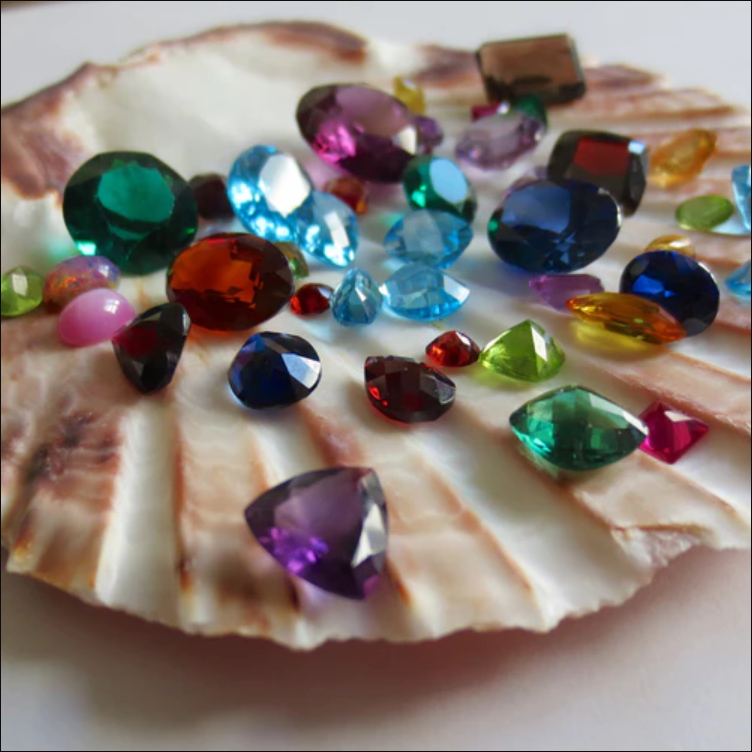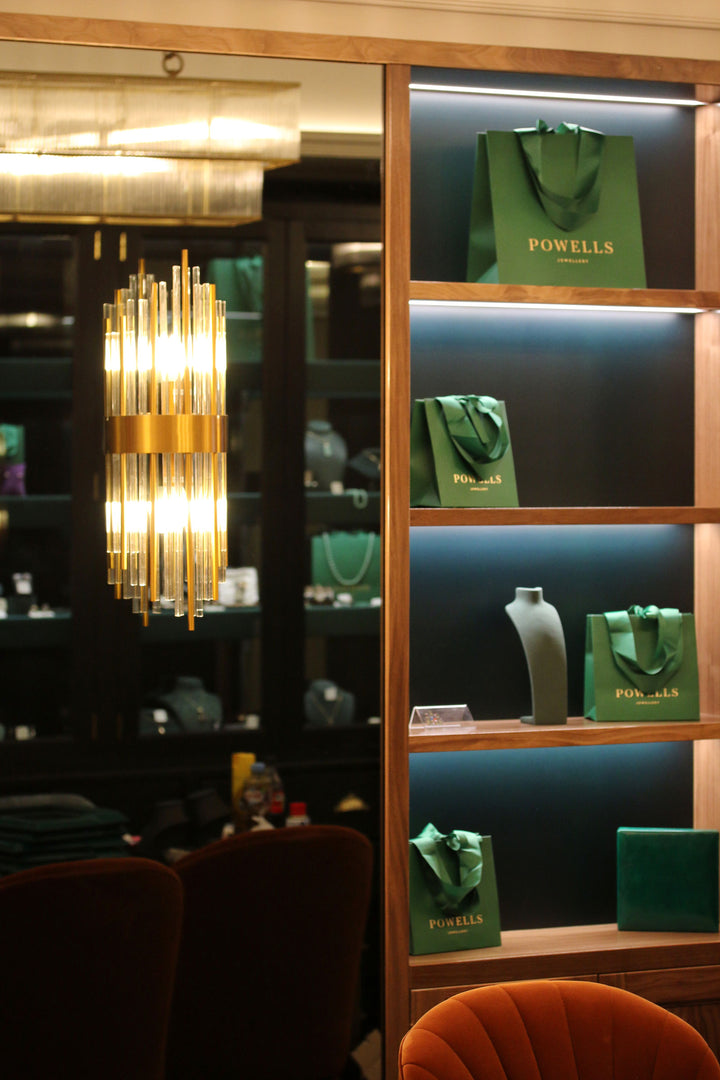Topaz - The Birthstone of November
Topaz, the birthstone of November, is a bit of a chameleon as it is practically colourless in its most common form. Although topaz can be found naturally in a wide range of colours, it is usually treated to produce the vivid hues that are most typically associated with it. Not only is Topaz the birthstone for November, but it is also presented for a fourth wedding anniversary and a 23rd wedding anniversary.
Origins
In the 19th century, the Ural Mountains of Russia were a significant source of Imperial topaz. One of the most significant sources of high-quality topaz in a variety of colours for more than 200 years has been the Brazilian state of Minas Gerais. Pink topaz is produced in Pakistan, specifically in the North-Westerly province of Katlang. Nigeria, Madagascar, Mexico, as well as California, Colorado, and Utah in the United States, are further sources.
Colour
The plethora of hues such as red, yellow, green, blue, brown, violet, and pink are created by imperfections or flaws in the crystal formations of topaz. Topaz can also be colourless and colourless topaz is frequently heated to produce blue toned gems. Which means the majority of blue topaz are not naturally blue, the colour is added through heat treatment. Imperial topaz, which bears the name due to its popularity with the Russian Tsars of the 19th century, is a deep orange shade with pink overtones. Sherry topaz is a yellowish-brown colour.
Symbolism
According to the Old Farmer's Almanac, the topaz birthstone represents love and affection and bestows power and wisdom on the wearer. A gift of blue topaz is also seen to be a pledge of love and fidelity. The Sanskrit term "tapas", which means "fire" is thought by some to be the source of the Sanskrit word "topaz". Although many credit it to the Greek "topazos". It has long been believed that the birthstone for November was regarded by the ancient Greeks as a source of strength.
Topaz Historically Worn in Jewellery
Since ancient times, topaz has been utilised in ornamental jewellery. It was commonly preferred by cardinals and bishops in their ceremonial rings, most likely due to the gemstone's link with righteousness and purity. Topaz is now best known for its widespread use in Georgian jewellery. Early 1800s was a delicate and romantic era, and topaz, along with other stones of subtle appearance like aquamarine and chrysolite, was extremely appropriate for use in the delicate, feminine gold jewellery fashionable at that time. When deposits in the Ural Mountains were discovered at the end of the 19th century, the usage of topaz, which was still prevalent during the Victorian era, saw a late boom in popularity in Russia. Due to it’s magnificent pinkish-gold hue, so-called "Imperial" topaz was given that name in honour of the Tsar.
Caring For Your Topaz Jewellery
Despite being a very durable stone, at 9 on the MOH scale, topaz can nonetheless break when subjected to unexpected temperature fluctuations or harsh contact because of its structural weaknesses. Topaz has what is referred to as ideal basal cleavage. This implies that if the stone is struck in the right direction, weaker planes in its crystal structure may fracture. As with every piece of jewellery, be cautious not to bang anything with your topaz jewellery when wearing it, especially rings and bracelets. To minimise contact with the gemstone, it is preferable to avoid wearing these items on your dominant hand and instead wear them as a fabulous cocktail ring, pendant or bracelet.
If you or someone you love have a birthday this November, why not consider a jewellery piece with their birthstone? Click here to check out our collection of topaz jewellery.
Sources:
Gem-A , Almanac , JewelryNotes


